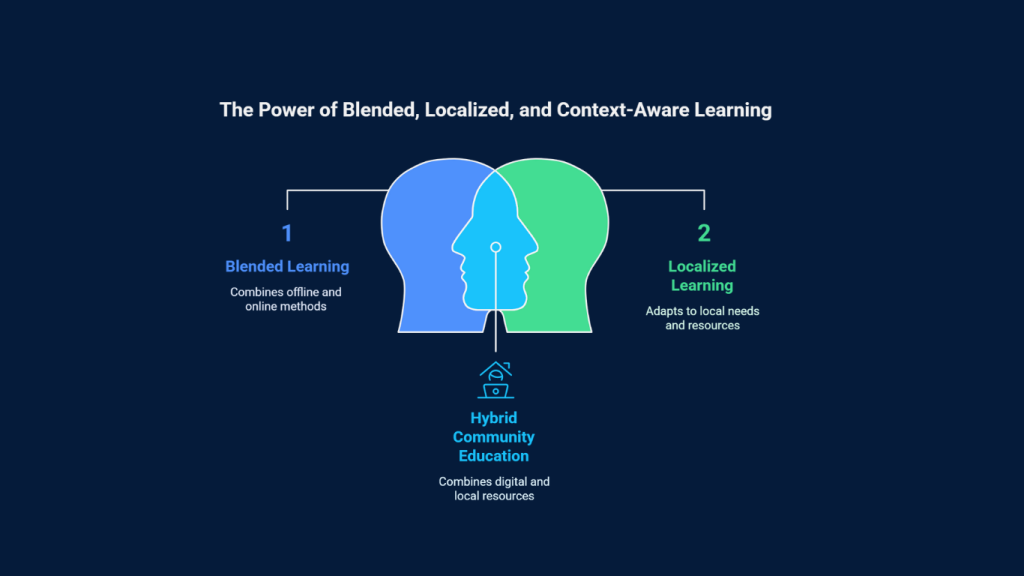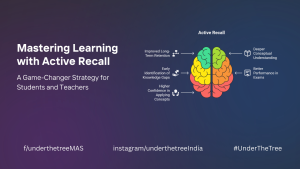In the traditional classroom, the teacher lectures and students listen—often passively. Flipped learning disrupts this model by shifting content delivery (like video lectures) outside the classroom and using class time for discussions, problem-solving, and personalized guidance. For many, this approach is a welcome shift toward active, self-paced learning. But for underserved communities, the effectiveness of flipped learning is a more complex question.
The Promise of Flipped Learning
At its best, flipped learning democratizes education. It allows students to:
- Learn at their own pace
- Pause and revisit materials as needed
- Use classroom time more effectively for clarification and collaboration
For learners who face difficulties keeping up in traditional settings—whether due to learning differences, language barriers, or varying comprehension speeds—this flexibility can be liberating.
In communities where teachers are overburdened or under-resourced, a flipped model can also serve as a supplement to thinly stretched instruction time.
The Digital Divide: A Real Barrier
Yet, the promise of flipped learning hinges on a critical assumption: access to devices, internet connectivity, and digital literacy. Unfortunately, these are precisely the areas where underserved communities face major gaps.
- Device Access: Many families still rely on a single mobile phone shared among multiple children.
- Connectivity Issues: Unstable or absent internet, especially in rural and remote areas, undermines the ability to access video lectures or online materials.
- Learning Support: Without educated family members or access to mentors, self-guided learning becomes even more challenging.
In such contexts, flipped learning can unintentionally widen educational inequality instead of bridging it.
Enter AI: Disruptive, Yet Full of Potential
With AI now transforming the global educational landscape, we’re witnessing powerful tools that can adapt to learners’ needs in real time. From personalized tutoring apps to adaptive learning platforms that adjust to a child’s pace and level, AI offers unprecedented potential.
For underserved communities, AI tools could be a game-changer—if they are thoughtfully implemented.
- Low-bandwidth tools can deliver content without heavy data requirements.
- AI chatbots can serve as 24/7 learning companions.
- Voice-based platforms can help bridge literacy gaps.
But here again, access and inclusion must guide design. AI must not become another shiny solution built without the community in mind.
Beyond Flipped: A Call for Integrated, Contextual Learning
Flipped learning, while beneficial in certain environments, is not a one-size-fits-all model—especially not in contexts where digital exclusion persists. Rather than focusing on any one method, we must design blended, localized, and context-aware approaches to learning:
- Combine offline and online methods (e.g., community radio, printed self-learning modules, WhatsApp-based tutoring)
- Use AI and edtech judiciously to supplement, not replace, human relationships in learning
- Build community-based learning ecosystems that engage parents, volunteers, and local mentors

Learning Needs Freedom and Support
Yes, flipped learning offers freedom. But underserved learners don’t just need freedom—they need support, structure, and access. In the age of AI, our real task is not to choose between flipped, traditional, or tech-based learning, but to blend the best of all worlds—guided by empathy, equity, and evidence.
At Jyoti EdLab, we continue to explore and co-create learning solutions that are both innovative and inclusive. Because the future of education must work for everyone—not just the privileged few.



